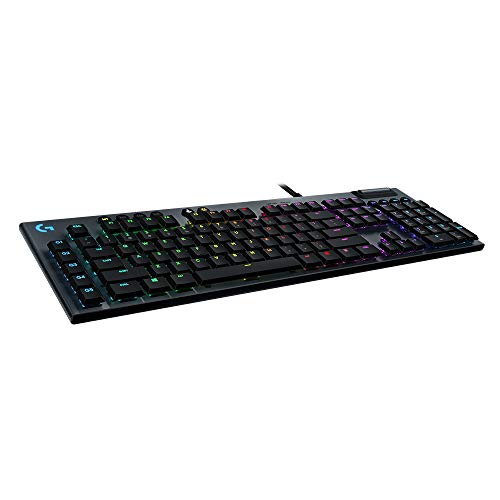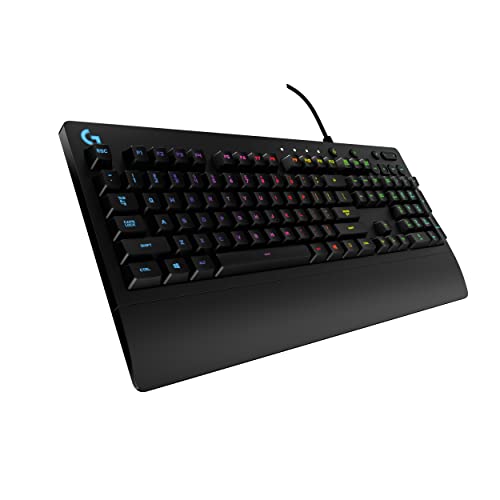**Build the Ultimate Gaming PC: A Step-by-Step Guide for Beginners**
Building your own gaming PC might sound daunting, but it's an incredibly rewarding and cost-effective way to create a custom setup that perfectly suits your gaming needs. With a little guidance, even beginners can dive into the world of PC building and emerge with a powerful rig. Here's a step-by-step guide to get you started.
### 1. **Define Your Purpose and Budget**
Before purchasing any components, determine your gaming goals. Are you aiming for ultra-high resolutions, VR compatibility, or just smooth 1080p gameplay? Set a realistic budget based on your needs; for beginners, a mid-range budget of around €1,000–1,500 is a good starting point.
### 2. **Choose Your Components**
Every PC build is essentially a combination of key parts. Here’s a list of components you’ll need:
- **Central Processing Unit (CPU):** The brain of your PC. Go for brands like Intel or AMD.
- **Graphics Processing Unit (GPU):** The heart of your gaming performance. Choose one based on your desired resolution and frame rate.
- **Motherboard:** Ensure compatibility with your CPU, GPU, and RAM.
- **RAM (Memory):** Aim for 16GB as a baseline for gaming.
- **Storage:** SSDs provide faster load times, while HDDs are budget-friendly for bulk storage.
- **Power Supply Unit (PSU):** Select a reliable PSU that meets your power requirements.
- **Case:** Pick a case that accommodates your hardware and provides adequate ventilation.
- **Cooling System:** Decide between air and liquid cooling (we’ll cover this in more detail later!).
### 3. **Assemble Your PC**
Gather your tools (a screwdriver is a must) and follow these general steps:
1. Install your CPU onto the motherboard.
2. Attach your RAM sticks in the appropriate slots.
3. Install the motherboard into your case.
4. Connect your GPU to the PCIe slot.
5. Mount your storage devices and connect power cables.
6. Connect your PSU to all components.
7. Double-check your cable management for airflow.
### 4. **Install Your Operating System**
Once the hardware is assembled, install an operating system like Windows or Linux. Use a USB drive to create a bootable installer and follow the on-screen instructions.
### 5. **Optimize Your Gaming PC**
After setup, download drivers for your GPU, update your operating system, and install gaming platforms like Steam or Epic Games. Consider overclocking your CPU/GPU for additional performance, but proceed cautiously and monitor temperatures.
### 6. **Enjoy the Benefits of Customization**
Building your own PC allows for future upgrades and tweaks, so you can always stay ahead in the gaming world. Plus, the pride of gaming on a rig you built yourself is unmatched!
View our related products
See more

Logitech G213 Gaming Keyboard
Logitech G
Product Review Score
4.34 out of 5 stars
9 reviews$69.99 $46.89


Build the Ultimate Gaming PC: A Step-by-Step Guide for Beginners
While a high-performance gaming PC is the centerpiece of your gaming setup, the peripherals you choose can significantly elevate your gaming experience
Related Articles
Essential High-Performance PC Components You Need Now
Upgrade your setup with the must-have parts for unbeatable gaming and productivity
Top Picks for Best High-Performance PCs
Find the perfect power machine for gaming, work, or creative projects
Your Guide to the Best High-Performance PCs
Find the Right PC for Your Gaming and Creative Needs
View our related products
See more

Logitech G213 Gaming Keyboard
Logitech G
Product Review Score
4.34 out of 5 stars
9 reviews$69.99 $46.89




